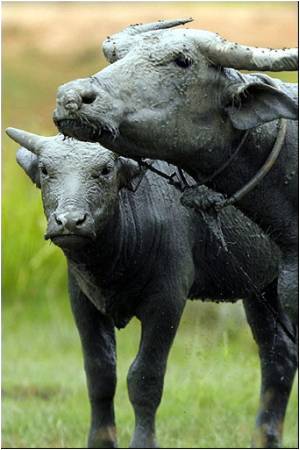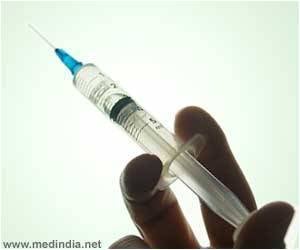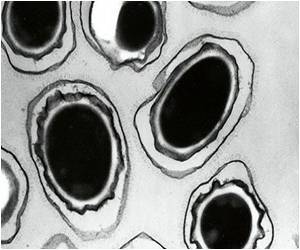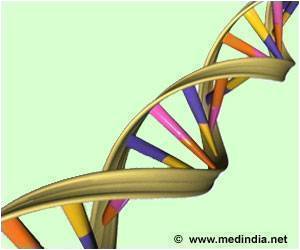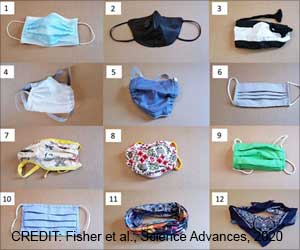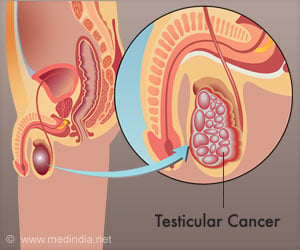Military concern in the use of anthrax as a weapon began as early as in the First World War. The Germans used it to contaminate animal feed and livestock but, unlike chemical gases, it was not employed directly against enemy troops.
The first mass use of anthrax spores as a weapon is said to have taken place during the Japanese occupation of China from 1932 to 1945. The Japanese allegedly experimented with the use of anthrax and other biological weapons in Manchuria, and some 10,000 deliberately infected prisoners are thought to have died as a result.
In the Second World War, the Germans did not launch the much-feared biological attack, although they and the Allied forces experimented with the possibilities of using anthrax or other agents.
The UK military tested spore delivery systems of anthrax on the tiny island of Gruinard off the Scottish coast. These spores persisted and remained theoretically capable of infection for decades afterwards.
A massive decontamination effort, started in 1979 and completed in 1987, used 280 tonnes of formaldehyde and 2,000 tonnes of seawater to clean up the island.
After the Second World War, the US continued its biological weapon research into the 1950s, when Iowa State University produced the malignant "Ames strain" of anthrax which was later sold to many parts of the world.
In 1970, President Nixon ordered an end to the production of biological weapons in the United States, since then research has been confined to developing means of defence against any biological attack.
Later in 1972, international concern led to a treaty banning the production and stockpiling of biological weapons. This was eventually signed by some 140 nations.
Although it was one of the treaty signatories, the Soviet Union continued researching and producing biological weapons - and in April 1979 an accidental release of anthrax spores from a military facility near Sverdlovsk caused 68 known deaths.
But the greatest fears that anthrax might be used as a weapon came during the 1991 Gulf War.
Iraq purchased anthrax spores from the United States in the 1980s, and was thought to be developing the capability to use them in warheads and in aerial attacks. In the event, no biological weapons were used.
After the war, the UN Special Commission on Iraq (Unscom) destroyed the remaining production and stockpiling facilities for biological warfare in Iraq. "By 1998, we were able to establish that Iraq had no capability of producing biological weapons," a former UN inspector, Scott Ritter, told the BBC.
In the 1990s, the one publicized case of the use of anthrax for terrorist aims was by the Aum Shinrikyo group in Japan. They are said to have tried unsuccessfully to release anthrax in Tokyo several times, leading them to change to sarin gas, with fatal results.
Producing large amounts of anthrax in powder form - necessary for its use as an effective large-scale weapon - is a complicated and expensive process. It requires the use of large centrifuges for repeated washings, and then intensive drying to produce the concentrated or "military-grade" powder.
The cost of this technology has led some experts in the United States to argue that the instigators of the present campaign must be a country, with previous experience, stocks and the necessary biotechnological expertise.
|



